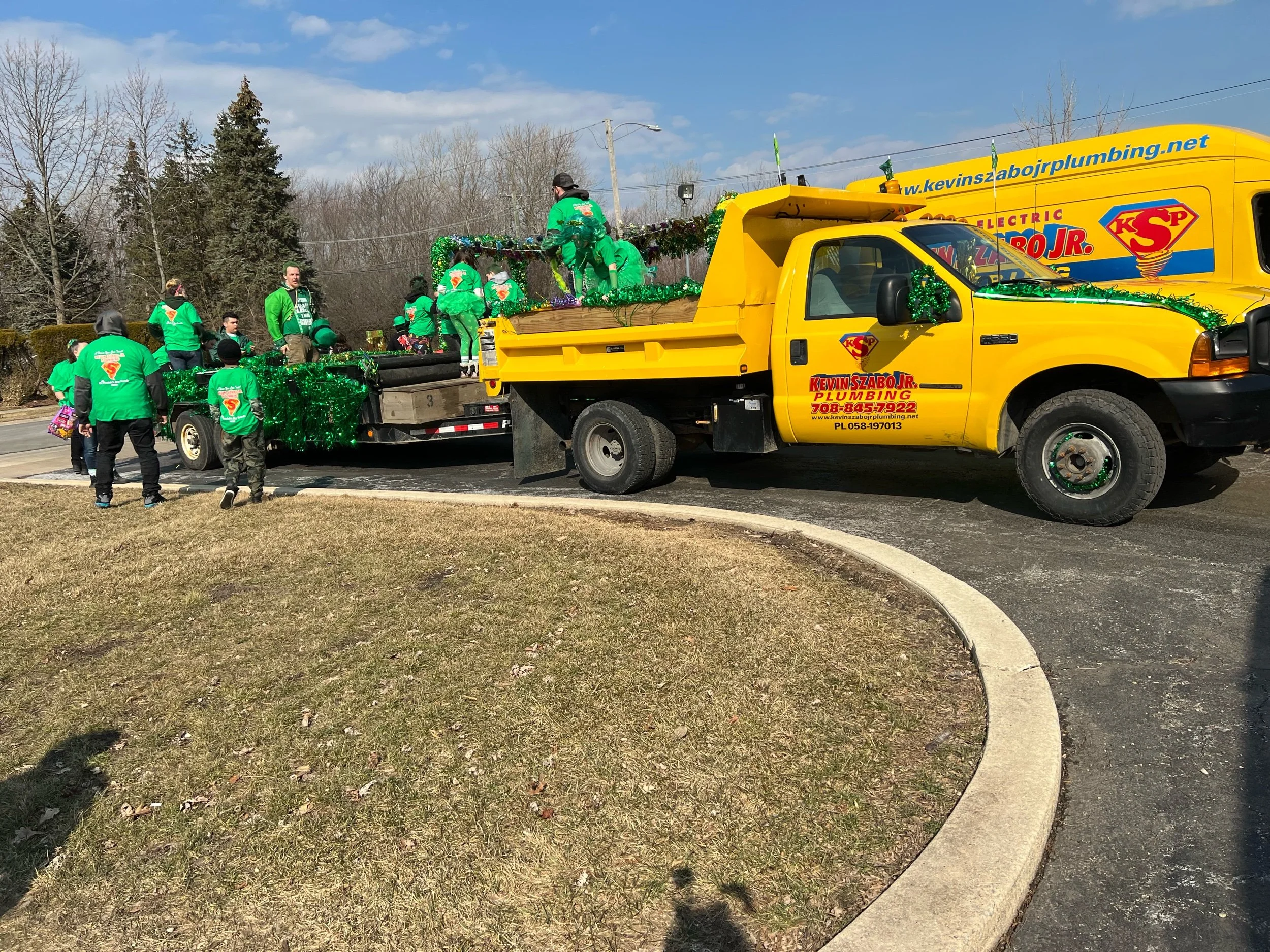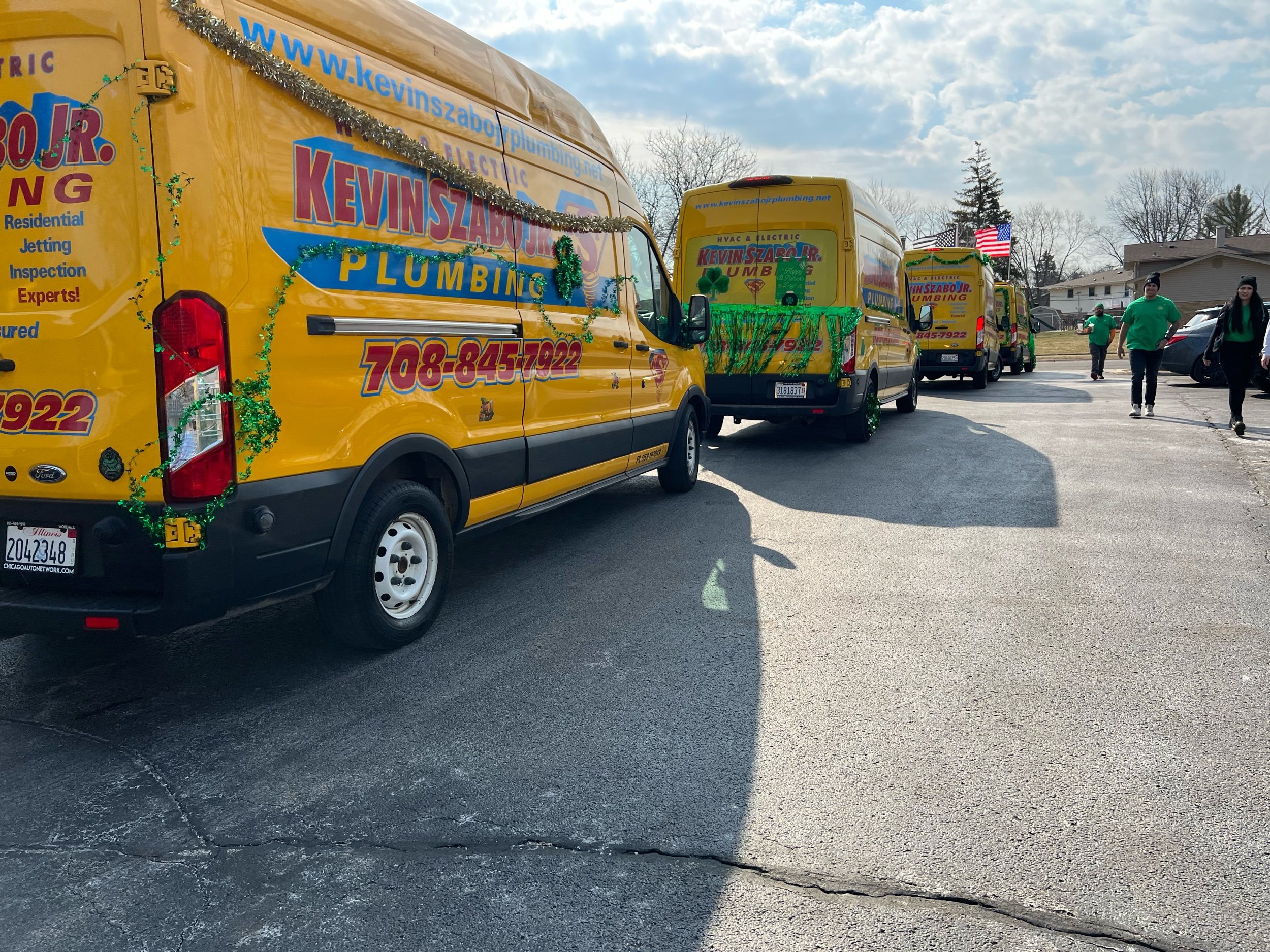There are a lot of steps in the fence installation process, and it's easy to make mistakes if you're not careful. In this blog post, we'll go over some of the most common mistakes people make and how you can avoid them next time.
Not planning ahead
Preparation work is one of the most typical faults in fence installation. If you want to be sure your project runs smoothly and according to plan, you need to do some essential pre-planning first thing when starting out. The following will give you a good idea of what we mean:
● Measure the space you're fencing in, both length and width.
● Make a plan for your project before you start building it. This will help your fence company figure out where to put the posts and connect different parts of the project together.
● Figure out how you want to access your yard for fence services and repair purposes. Knowing how you'll be accessing the area after installation will make it a lot easier for your installer to figure out where they should put gates or doors.
● Decide on a budget before getting started. In this way, you won't have to spend more than you planned at any point in the process.
● Get your homeowner's association approval before beginning. Certain fence types can be against HOA rules or by laws, so it's important to check what you'll need to go through ahead of time before moving forward with installation.
If you want to ensure that every step goes smoothly during your next project, then be sure to take the time needed for preliminary planning before actually beginning. This will prevent you from running into any problems during installation, and your project will be up in no time!
Not hiring a professional
Many people make this error by failing to employ a professional for their fence installation job. You can try to do it yourself, but the truth is, a professional knows how to do it right. They make mistakes less likely and make sure your fence installation looks good at the end.
Hiring a professional is especially important if you're dealing with complicated projects like pool and fence installation or other types that require strict building codes to install. If you don't want to take the time to make a complicated project yourself, hiring an expert will be the best way to go. They'll know what they're doing and can give you advice along the way if needed.
What to look for in a Fence installation professional:
● Check that they have liability insurance. If something happens during installation, you'll want to make sure you'll be covered in case of an accident.
● Get references from previous clients. A fence installation company with an excellent track record will give your project the best chance for success.
● Experience. A more experienced fence company near you will know your area and follow building codes most effectively.
Choosing the wrong type of fence
For your project, it's essential to choose the right kind of fencing. Different types of fencing have additional benefits and drawbacks, so you need to make a conscious decision about which style works best for your backyard.
● Split Rail: a popular choice for smaller backyards because they don't take up too much room like the other types. They're also relatively easy to install, which makes them perfect for beginners.
● Chain Link fence installation: The main advantage of chain link fence installation is its relatively low cost compared to other types of fencing material. They're also highly durable and require little maintenance over time. The downside is that they won't do much to increase the value of privacy of your property, so they may not be the best choice for everyone.
● Privacy: For most homeowners with backyards, privacy is a primary concern if they live in close quarters with their neighbours. This type will provide plenty of space to settle into at home with your family without worrying that anyone next door can peek over the fence and interfere with your personal life.
● Garden: They are an excellent choice for those with big yards who want to create a secluded outdoor space where they can entertain guests or just relax alone. Unlike other types of permanent or temporary fencing materials, metal garden fencing can keep deer and other wildlife from entering your yard as well.
With all the different types of fencing available, it’s easy to choose the cheapest kind just to get it done. However, this doesn’t mean you should base your project on costs alone. Different types of fencing material have additional benefits and drawbacks, so you need to make a conscious decision about which type is best for your property.
Failing to measure correctly
Getting the dimensions right during fence installation is crucial for ensuring that they fit well and looks good when set in place. It also needs to be spread out on your yard correctly, or else it could end up looking odd or not doing the job it's supposed to be doing.
● Measure your yard before you order your panels. Also, measure spaces between the perimeter of your yard and any obstacles like trees that will need to be considered.
● If you're getting a new gate installed, make sure you measure that so that it fits well and that the neighbour's gate will still be able to open and close properly.
● Order your panels with ample room for installation error so you won’t end up having to replace them later.
Improper fence installation
If your fence is wobbly when it goes in or there are gaps left between panels, you need to consider hiring a professional to install it correctly for you. The problem could be the base where the posts could be set uneven, or perhaps someone just didn't do their job correctly and did a quick-fix.
● Do not assume any existing holes in your yard are directly over studs in your house. They could easily be off by an inch or more. A professional fence installation company will be able to tell you that.
● Look for signs of gaps or crevices between panels that indicate they are not secure
Incorrect fence staining or painting
Paint and stain are generally designed to help protect the wood on your fencing and give it a pretty facelift so that it looks excellent in your backyard. If you made some mistakes when fence staining or painting, it can cause the fence to weather too quickly and require constant attention if you don’t want it to look worn down.
● Make sure to choose a high-quality wood treatment product tailored to your climate so that your fencing doesn't degrade over time.
● Take care of your project as directed on your product's label.
● Also, make sure to read up on the best way to prepare them for paint or stain before you apply any treatments.
Conclusion
Contact Surrey Deck and Fence to start your new fence installation project. We've outlined the top mistakes people make during the installation process, so you can avoid them and have a beautiful fence that lasts for years. Our team of experts is here to help, so don't hesitate to get in touch today!

























































